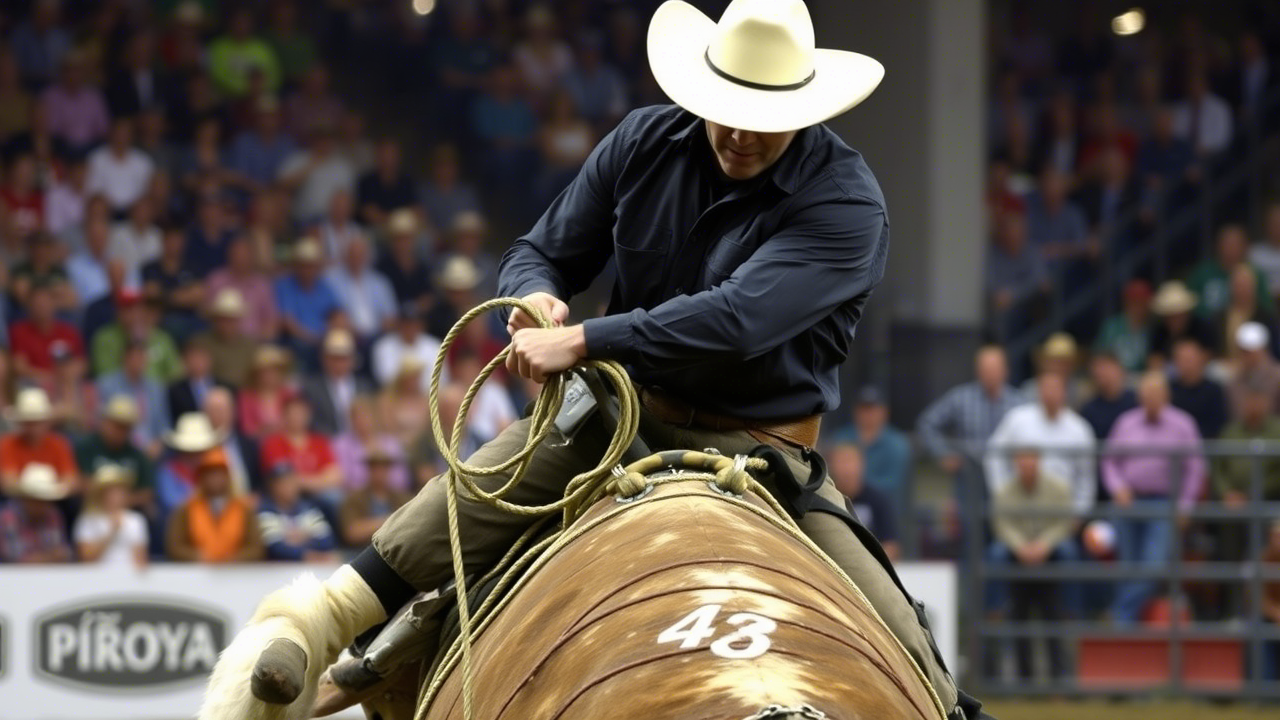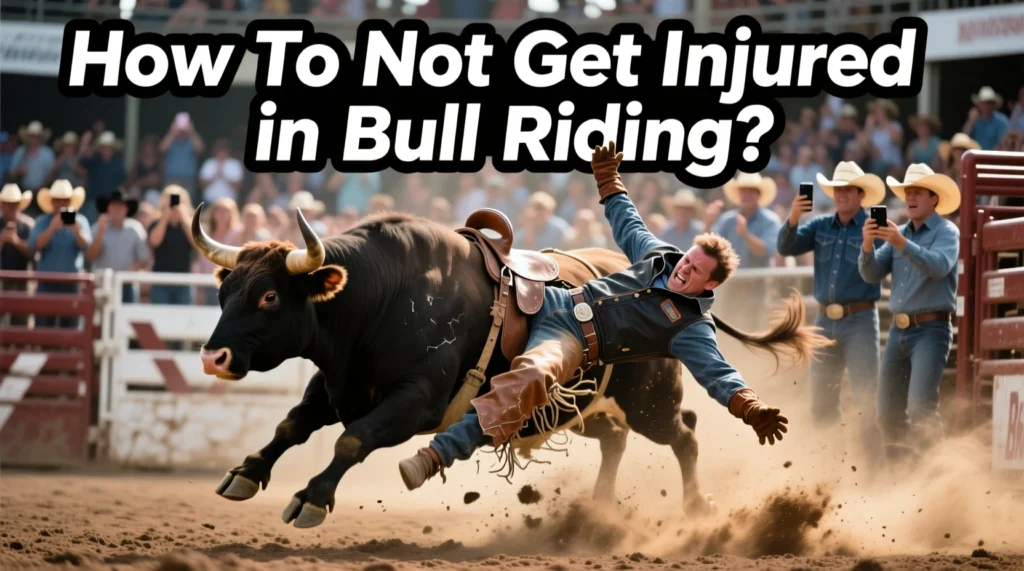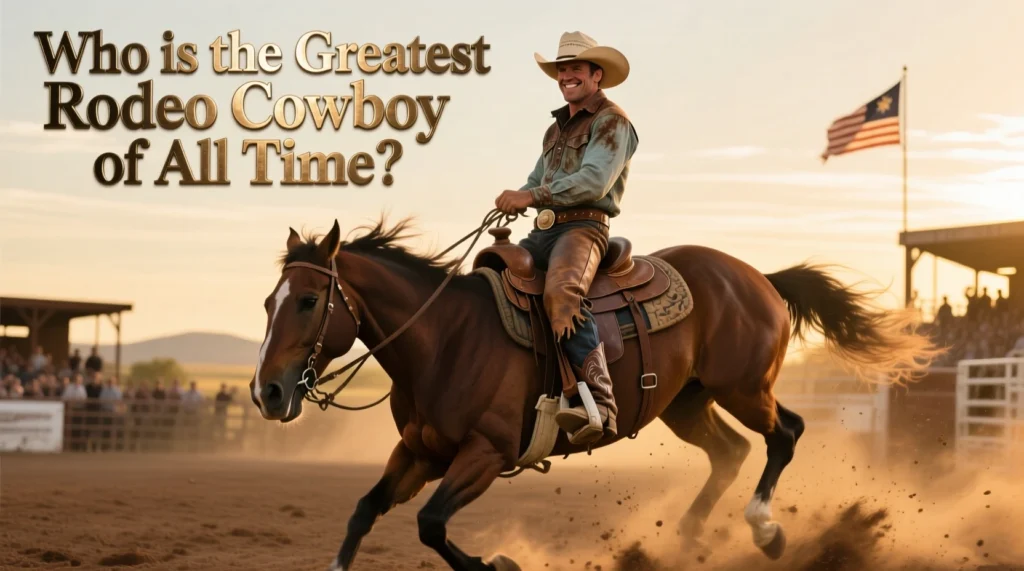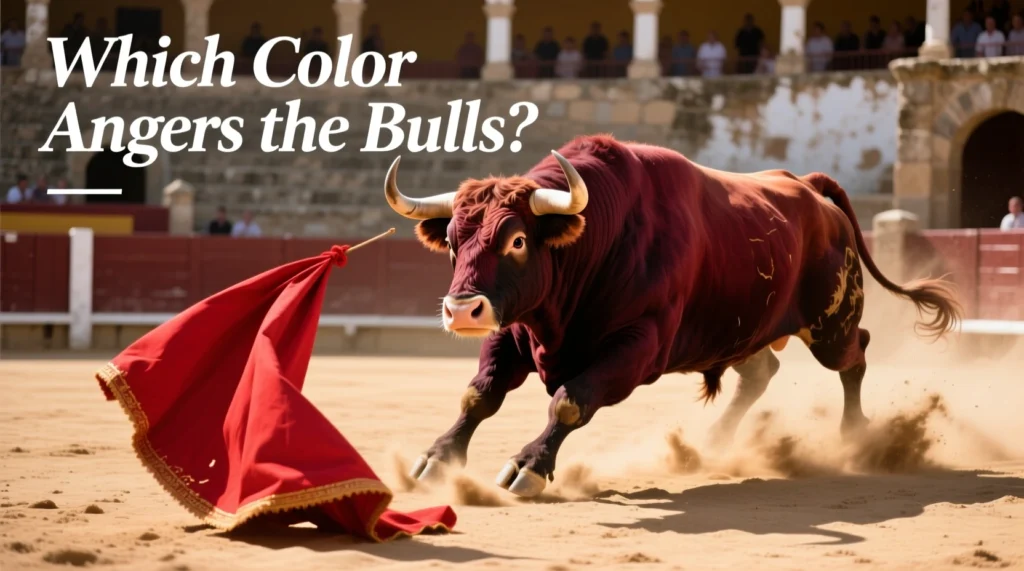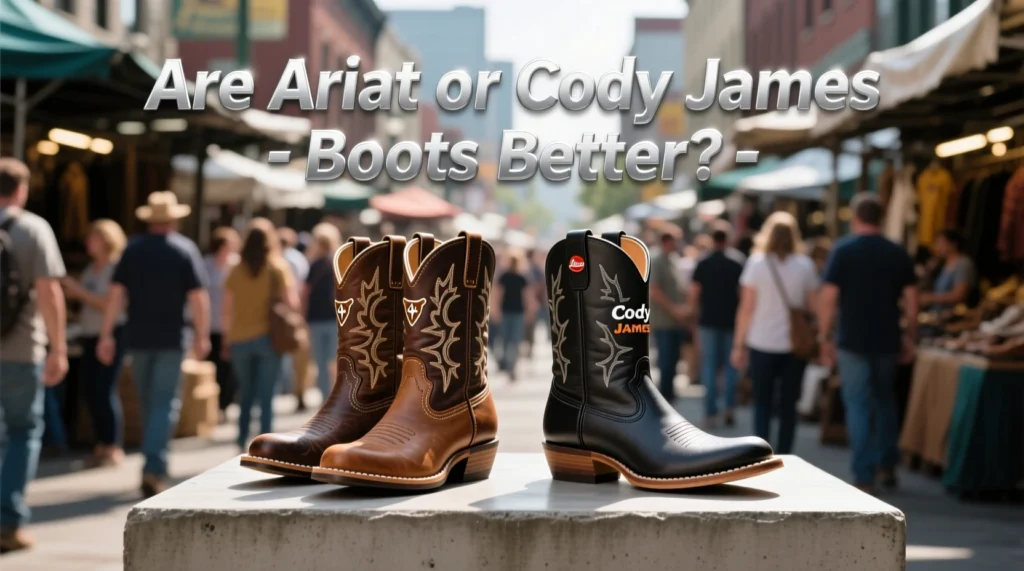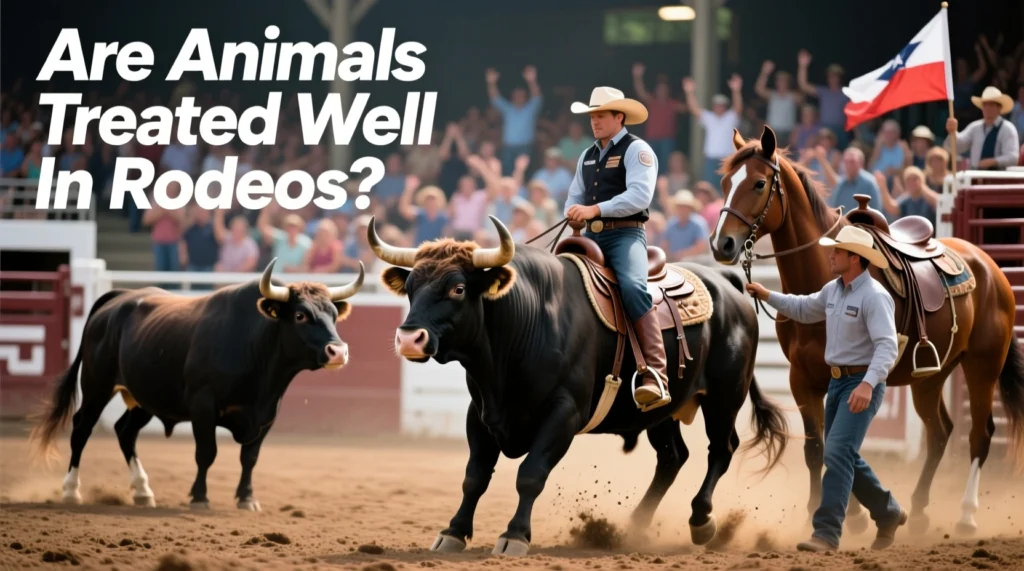Discover What is the Purpose of a Flank Cinch? And the important role of the flank cinch in western saddles – how it prevents saddle tipping, improves stability and protects your horse. Learn proper fitting, when it’s necessary, and expert tips for safety.
Key Takeaways:
- A flank cinch (or back cinch) prevents the saddle’s cantle from lifting during fast movements.
- This distributes pressure evenly, protecting the horse’s withers and back from injury.
- Proper fit is important – too loose risks tangling, too tight causes discomfort.
- Essential for roping, trail riding, reining and speed events, but often omitted in flat show classes.
Table of Contents
Why the Flank Cinch Isn’t Just Decorative – It’s a Safety Essential
The flank cinch, often called the back cinch, is an important safety component of the double-rigged western saddle. Far from being ornamental, it anchors the back of the saddle, preventing sudden stops, turns, or dangerous tipping when roping cattle. Without it, the saddle can move forward as the horse withers, causing pain, saddle sores, and possibly buckling incidents. The flank cinch counteracts this torque, balances the saddle and protects the horse’s spine.
Core Functions: Stability, Safety, and Pressure Distribution
1. Saddle Stabilization
During activities like trail riding or barrel racing in steep terrain, the Flank Cinch keeps the saddle level. This prevents the cantle (back of the saddle) from lifting upwards, which could dislodge the rider or shift the saddle forward.
2. Pressure Redistribution
By securing the back of the saddle, the flank cinch prevents excessive pressure on the horse’s withers. It is essential for long rides, reducing pain and walking problems.
3. Rider Security
A stable saddle directly increases the safety of the rider. For example, when navigating rocky trails or during a bucking incident, a loose saddle compromises control.
4. Equipment Integrity
This minimizes saddle movement, reduces wear on the billets, rigging and pads.
Table: Impact of Flank Cinch
| Activity | Without Flank Cinch | With Flank Cinch | Criticality |
|---|---|---|---|
| Trail Riding | Saddle tips forward on descents | Saddle remains level; reduces soreness | High |
| Team Roping | Horn pulls down; saddle digs into withers | Stabilizes against rope torque | Essential |
| Barrel Racing | Cantle lifts during tight turns | Prevents slippage; rider stays centered | High |
| Western Pleasure | Minimal risk in flat arenas | Often omitted for simplicity | Low |
Read Web Story For What is the Purpose of a Flank Cinch?
How a Flank Cinch Works: The Mechanics Explained
1. Build Your Foundation (3-6 Months)
What is the Purpose of a Flank Cinch? The flank cinch is attached to the back of the saddle by Straps. A hobble strap (connector) connects it to the D-ring of the front cinch, ensuring that it remains correctly positioned — slightly forward of vertical — to prevent it from slipping into the horse’s sensitive flank area. A dangling flank cinch is prone to hooves becoming tangled.
When Is a Flank Cinch Necessary? Discipline Breakdown
- Essential: roping (absorbs steer pull torque), trail riding (uphill/downhill stability), reining (fast turning/holding), speed events (barrels, poles).
- Optional: Western pleasure, horse riding classes (low maneuver intensity).
- Important for: sensitive horses or horses with high withers, where saddle shift is more likely.
Pro Tip: Many offer work-trade programs – groom bulls for lesson credits.
Fitting Guidelines: Avoiding Common Mistakes
- Tightness: Should contact the belly firmly—insert two fingers sideways; no gap larger. Never leave loose.
- Hobble Strap: Adjust to keep the cinch aligned vertically below the saddle’s rigging.
- Size: Choose width (1″–5+”) and length (varies by horse) based on activity:
- Straight cut: Best for trail/pleasure riding.
- Tapered/contoured: Ideal for roping (wider surface area).
- Material: Leather offers durability; neoprene resists sweat but requires cleaning.
Troubleshooting Flank Cinch Issues
- Booking: Possibly if the cinch is too tight or too far back. Recheck the fit.
- Saddle Steel Shifting: Make sure the hobble strap is attached and the front cinch is snug.
- Chafing: Use neoprene pads for sensitive horses. Clean the leather regularly to prevent chafing.
Expert Tip: Acclimating Your Horse For horses new to flank cinches, tighten gradually:
Mount only when the horse stays relaxed at working tightness
- Attach loosely; lead in circles.
- Tighten gradually over several sessions.
- Only mount when the horse is comfortable in the tight working position.
The Bottom Line: Safety Through Stability
What is the Purpose of a Flank Cinch? The flank cinch is non-negotiable for high-torque riding. It transforms saddle security, protecting horse and rider from preventable accidents. As Arizona trainer Al Dunning emphasizes, diligent fitting and maintenance ensure decades of reliable use – a worthy investment for any Western rider.
Pro Insight: “A dangling flank cinch is an accident waiting to happen. Snug it properly – it’s what keeps me safe in the backcountry!” – Trailmeister
